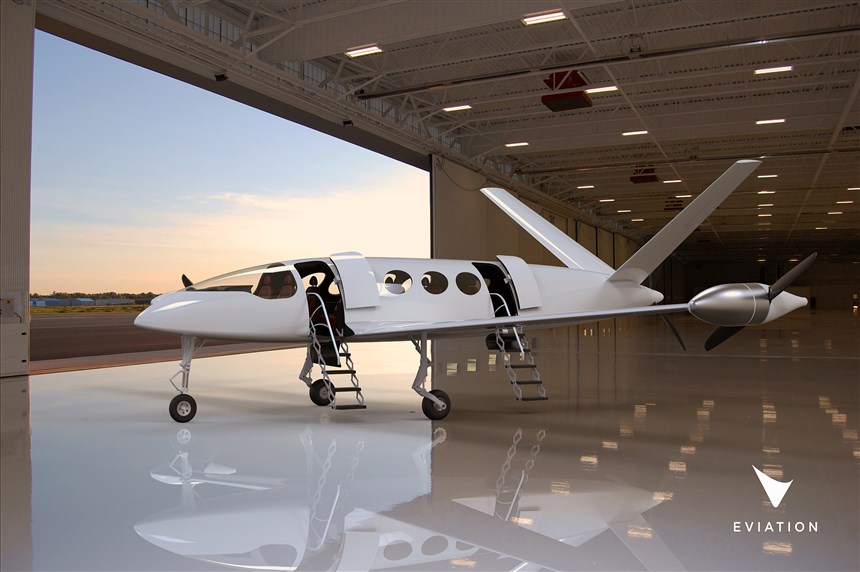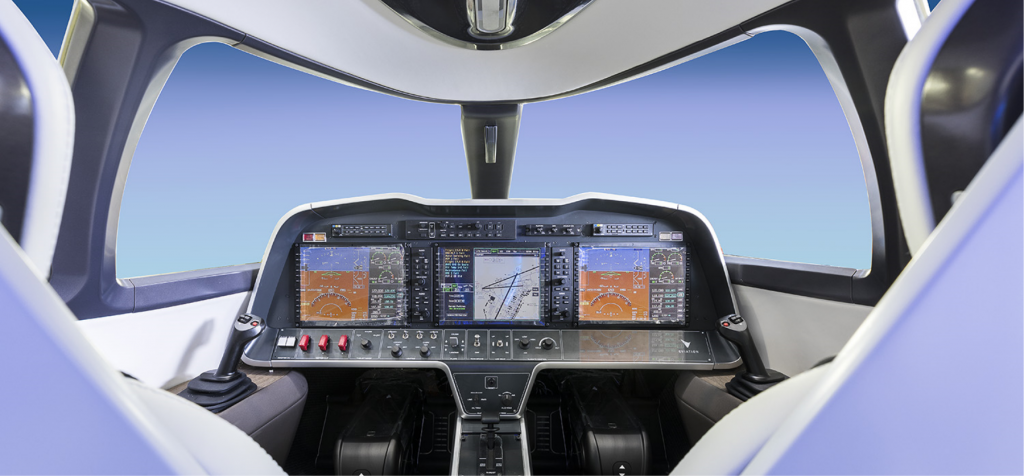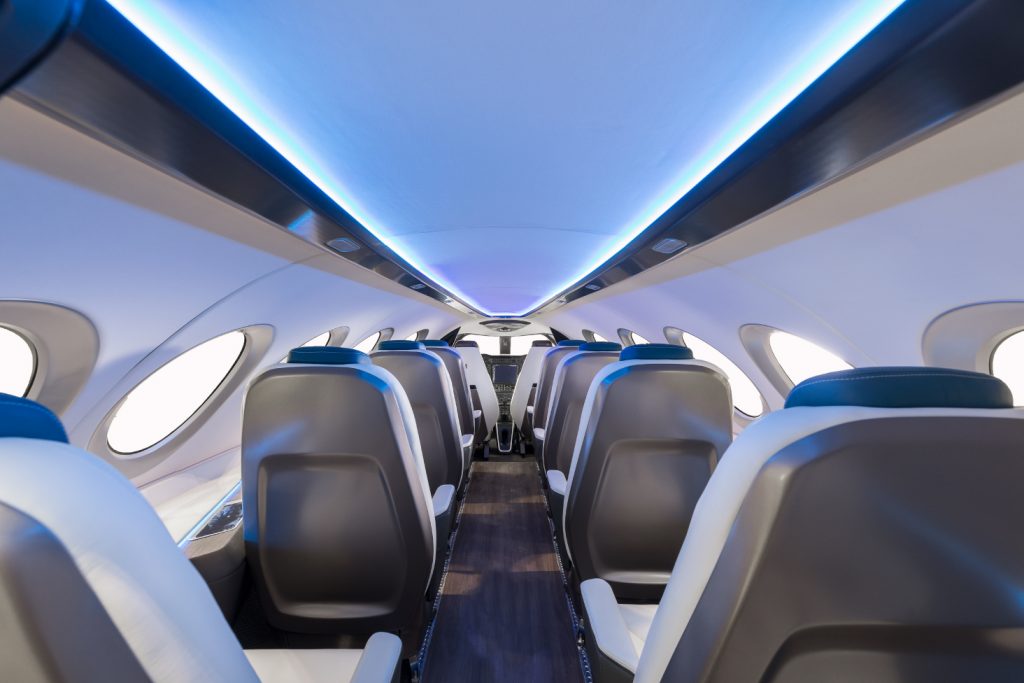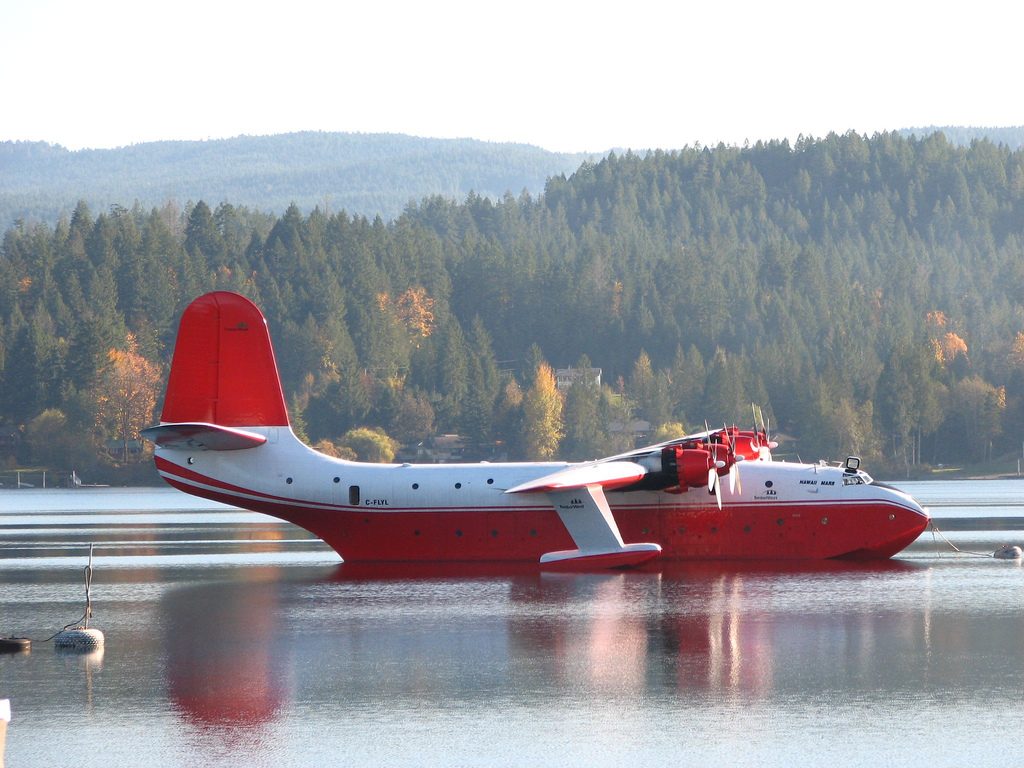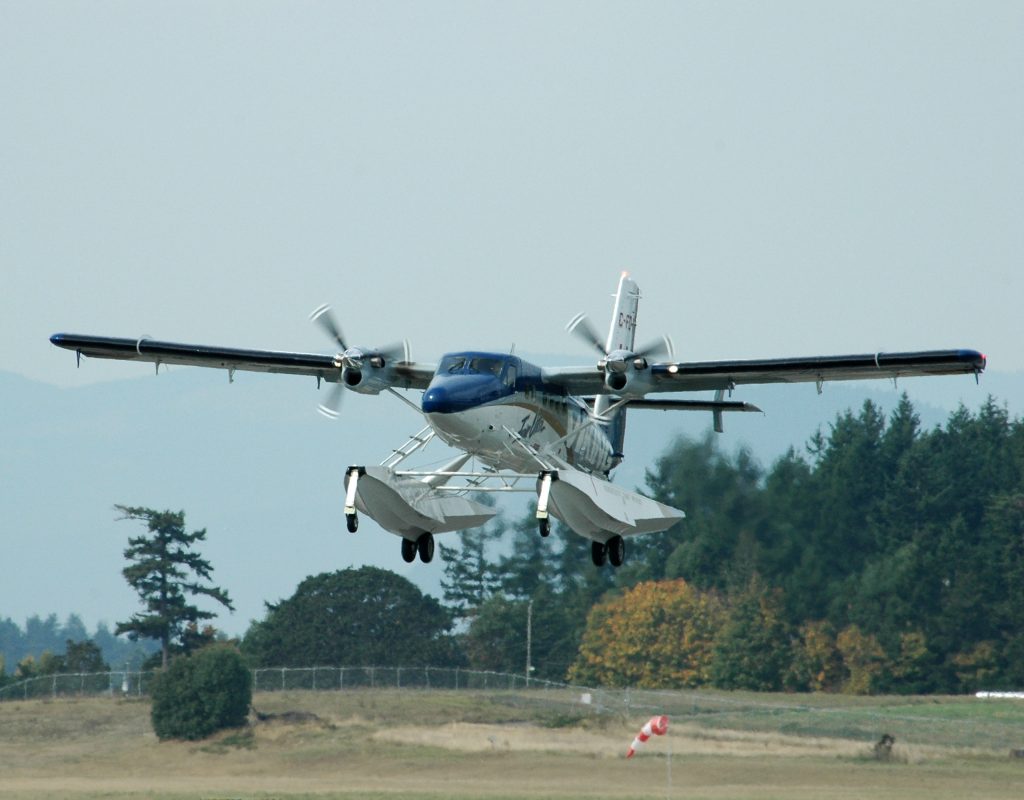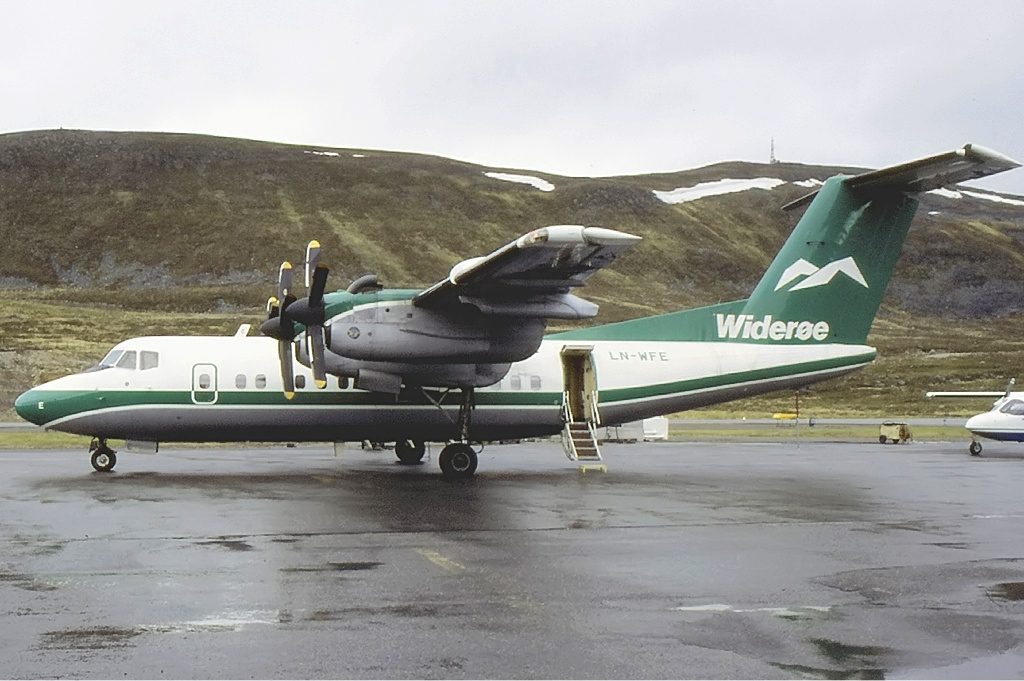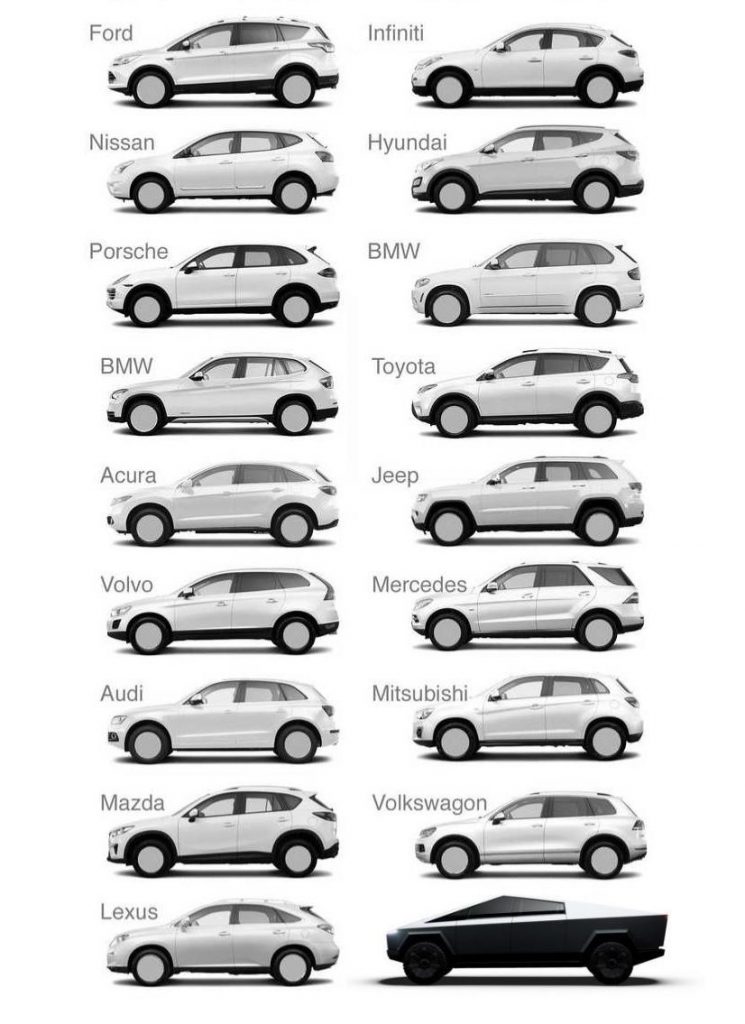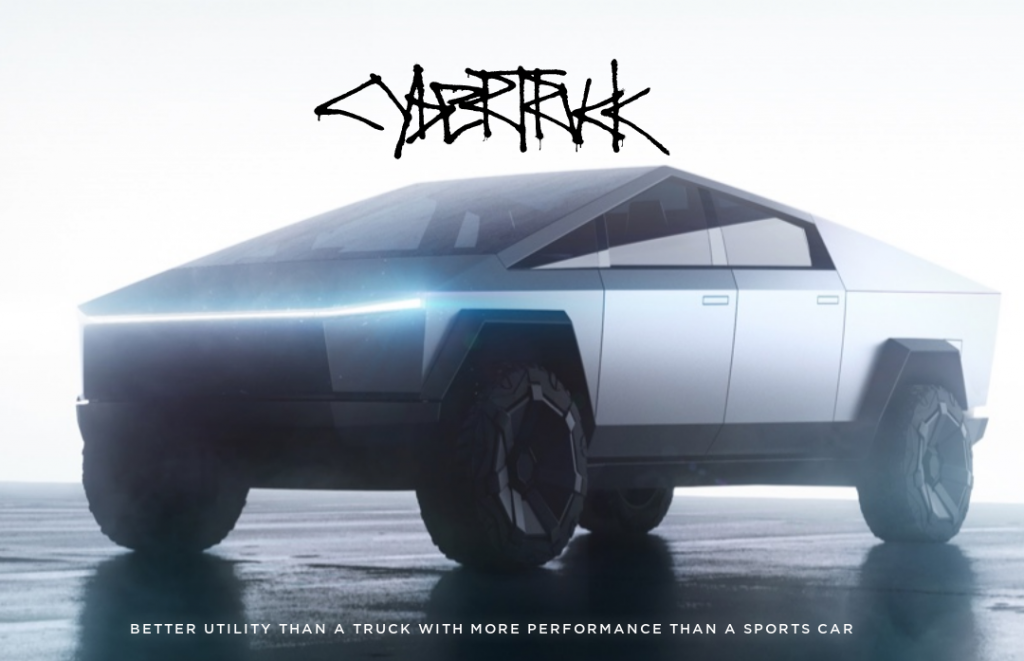
There seem to be two categories of space exploration corporations, winners like SpaceX, and those unable to win, like Boeing. For the past few years, the reputation of Boeing has been slipping, in large part from its inability to manage, design and manufacture high quality, technological products. This was examined in a previous post, Clowns Supervised by Monkeys, about the Boeing 737-MAX, and continues here, about the CST-100 Starliner.
The Commercial Crew Development (CCDev) program, is a human spaceflight program funded by the American government and administered by the National Aeronautics and Space Administration (NASA). The goal of CCDev is to fly US and international astronauts to the International Space Station (ISS) on privately operated crew vehicles.
The CCDev program started in 2010, with CCDev 1 providing $50 million to five US companies to develop human spaceflight concepts and technologies. This was followed up in 2011, with CCDev 2 providing $270 million to four companies for developing vehicles that could fly astronauts after the Space Shuttle fleet’s retirement. In 2014 operational contracts to fly astronauts were awarded to SpaceX and Boeing.
CCDev 3 was renamed Commercial Crew integrated Capability (CCiCap). This involved proposals for end-to-end operational concepts including spacecraft, launch vehicles, launch services, ground and mission operations, and recovery. A final request for proposals was released on 2012-02-07 to be submitted by 2012-03-23. Three proposals were selected, and announced 2012-08-03: Sierra Nevada Corporation was awarded $212.5 million for its Dream Chaser/ Atlas V proposal; SpaceX was awarded $440 million for its Dragon 2/ Falcon 9 proposal; and, Boeing was awarded $460 million for its CST-100/ Atlas V proposal.
Certification Products Contract, phase 1 (CPC 1) involved the development of a certification plan with engineering standards, tests, and analyses. Sierra Nevada, SpaceX and Boeing were each awarded about $10 million.
CPC 2 was renamed the Commercial Crew Transportation Capability (CCtCap) and included the final development, testing and verifications to allow crewed demonstration flights to the ISS.
On 2014-09-16, Boeing and SpaceX received contracts to provide crewed launch services to the ISS. Boeing received a potential $4.2 billion, and SpaceX up to $2.6 billion.
On 2019-11-14, NASA’s inspector general reported a seat price of $90 million for Starliner and $55 million for Dragon Crew. Boeing’s price exceeds the $80 million paid by NASA to the Russian space corporation, Roscosmos, for Soyuz spacecraft seats to fly astronauts to the ISS. The report also stated that NASA agreed to pay an additional $287.2 million above Boeing’s fixed prices. Similar compensation was not offered to SpaceX.
While the first CCDev flight was planned for 2015, insufficient funding and technical issues caused delays.
| Date | Description | Status |
| 2015-05-06 | Dragon 2 Pad abort test | Success |
| 2019-03-02 | Dragon 2 Uncrewed orbital flight test | Success |
| 2019-11-04 | CST-100 Pad abort test | Success |
| 2019-12-20 | CST-100 Uncrewed orbital flight test | Failure |
| 2020-01-19 | Dragon 2 In-flight abort test | Success |
| 2020 | Dragon 2 Crewed test flight | Planned |
| 2020 | CST-100 Crewed test flight | Planned |
The CCDev was aimed to minimize development costs through private investment and development, by using two space transportation vehicles competing with each other. NASA had hoped this approach would provide redundancy both in regards to development and flight operations.
After completing the demonstration flights, each company is contracted to supply six flights to ISS between 2019 and 2024.
As shown in the table above SpaceX has successfully tested its Dragon 2, Crew Dragon, despite a delay caused by a ground test failure, caused by a leaky valve.
On 2019-12-20 an unmanned Boeing CST-100 Starliner space taxi malfunctioned on the capsule’s first mission, an Orbital Flight Test (OFT). The initial failure was due to a timer fault. Now, another error has been found in the capsule’s software which could have destroyed the Starliner. If this second fault had not been discovered, it could have resulted in the deaths of the astronauts onboard a Starliner.
The CST-100 has had greater problems. Its abort test, while successful, still had a parachute fail during descent. Its service module leaked toxic fuel, delaying its uncrewed OFT by months. The OFT was supposed to be one of the last steps in Boeing’s development of the CST-100 Starliner. When that test finally happened, a timer failure prevented a rendezvous with the ISS. It failed its mission. Then it was discovered that there were other issues including inappropriate thruster firings, inappropriate valve mappings, potential collision issues between the service module and the crew module, as well as space-to-ground communication issues.
Doug Loverro, the head of NASA’s human spaceflight section, stated that the software anomalies were “likely only symptoms…we had numerous process escapes in the design, development, [and] test cycle for software…We have a more fundamental problem…”
Boeing is failing in its ability to deliver mission critical software, not only in spacecraft but with the disastrous software failures with the Maneuvering Characteristics Augmentation System (MCAS) system on the Boeing 737.
NASA administrator Jim Bridenstine held a media teleconference detailing some of the CST-100 issues, explaining it in the “interest of transparency”, thanks to the OFT having “lots of anomalies”.
Given a choice of being an astronaut with SpaceX or Boeing, there is no doubt that every rational person would opt for SpaceX. Boeing is just too dangerous a company.




